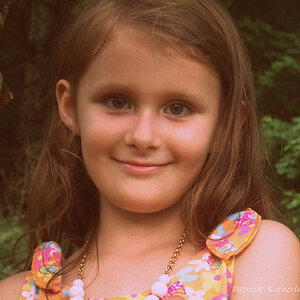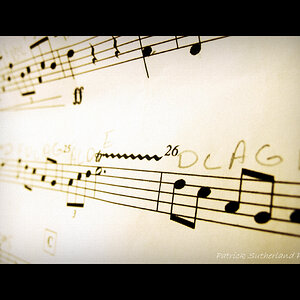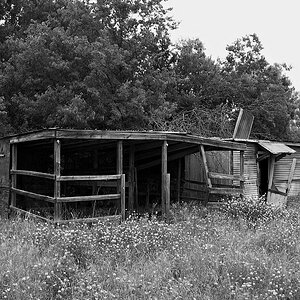Parkerman
TPF Noob!
- Joined
- Jan 10, 2008
- Messages
- 982
- Reaction score
- 2
- Location
- North Alabama
- Can others edit my Photos
- Photos OK to edit
Alright, so.. I've been having some problems doing this and its getting kinda irritating. I have the nikon 60mm Macro lens and I am shooting with a D40 and using an SB-600.
http://www.flickr.com/photos/macalicious/79246700/
That is what I am trying to achieve, the image within the droplet be in focus. But it seems like everything I try... Just doesn't come out right and just about everything ends up appearing blurry.
How do people achieve this?
http://www.flickr.com/photos/macalicious/79246700/
That is what I am trying to achieve, the image within the droplet be in focus. But it seems like everything I try... Just doesn't come out right and just about everything ends up appearing blurry.
How do people achieve this?



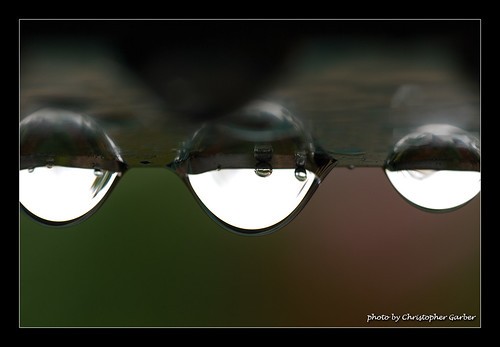
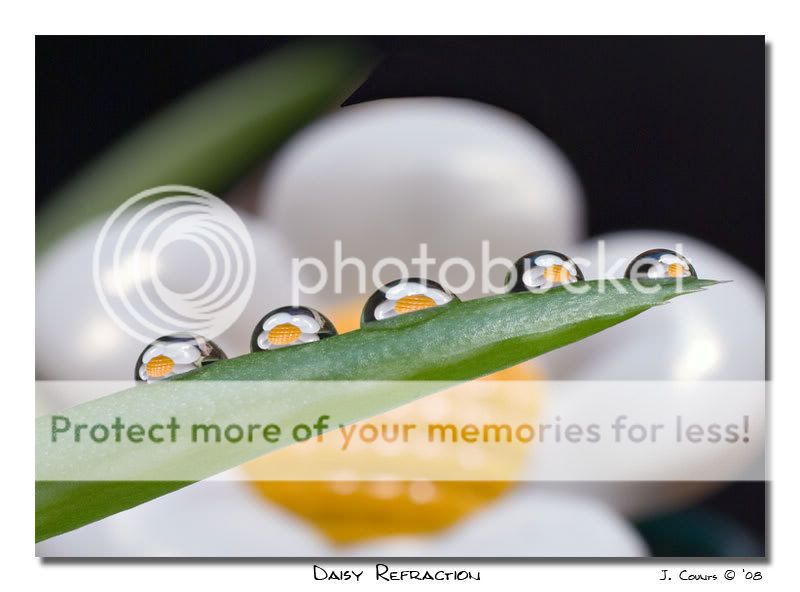
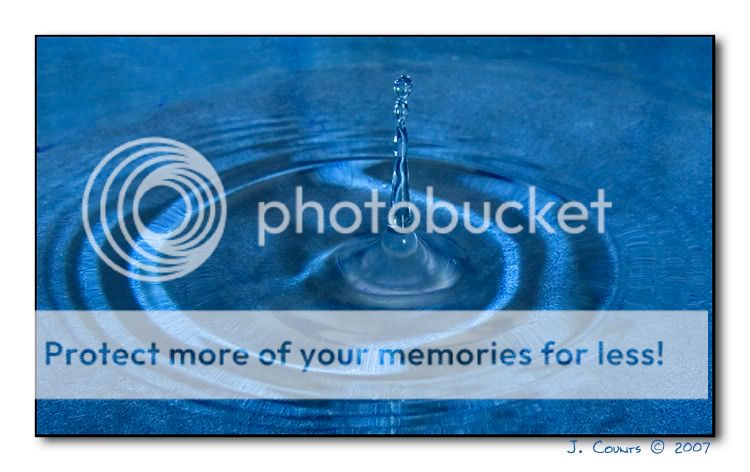

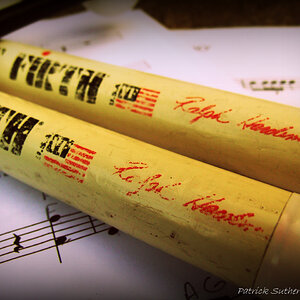


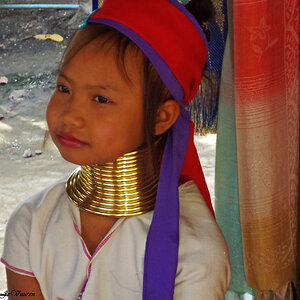
![[No title]](/data/xfmg/thumbnail/34/34062-c0c9c0a752bc1af58237eff1ec850163.jpg?1619736259)
![[No title]](/data/xfmg/thumbnail/31/31980-e5048a424621c7b3cd0d306d63c09d67.jpg?1619735137)
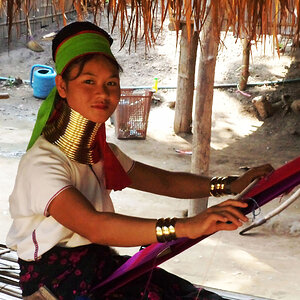
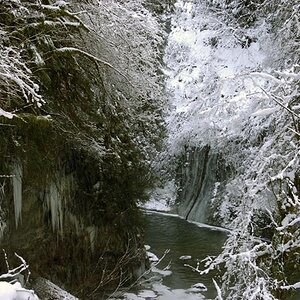
![[No title]](/data/xfmg/thumbnail/31/31979-ea92aca54ae865842d998c9cec534991.jpg?1619735137)
